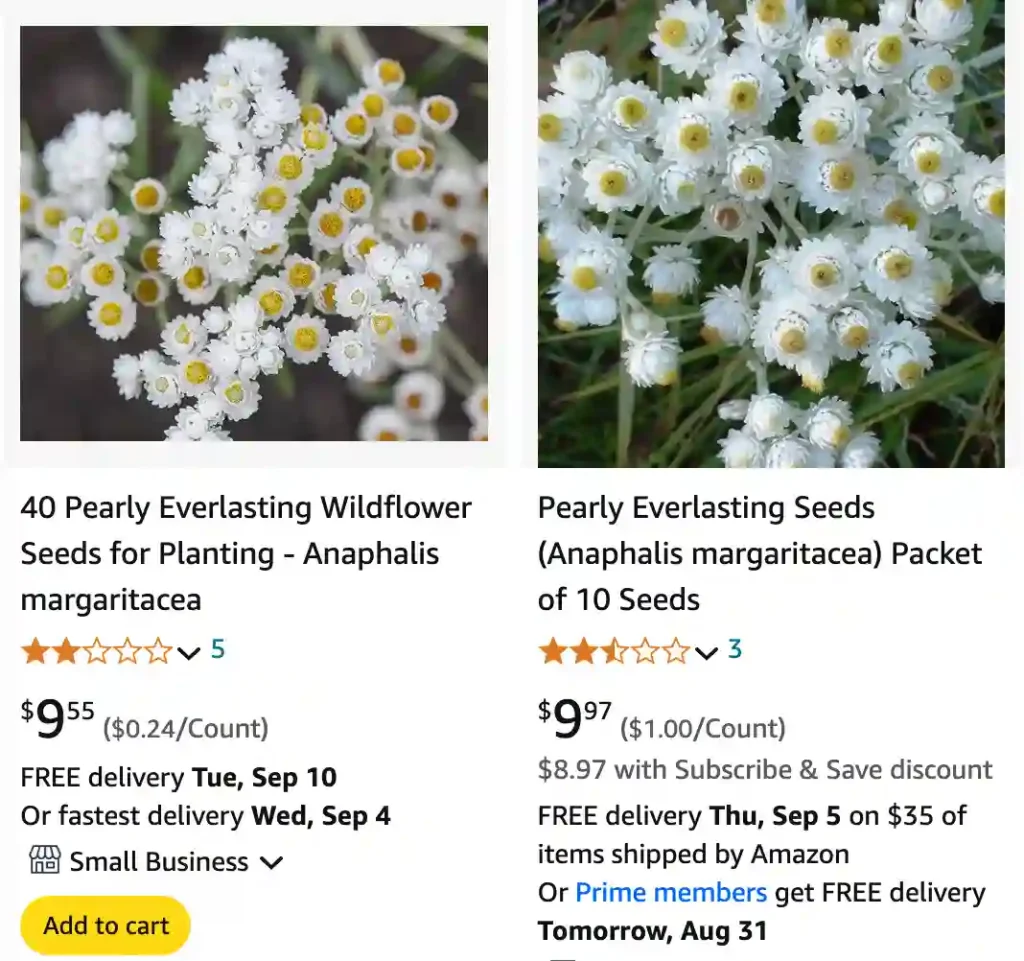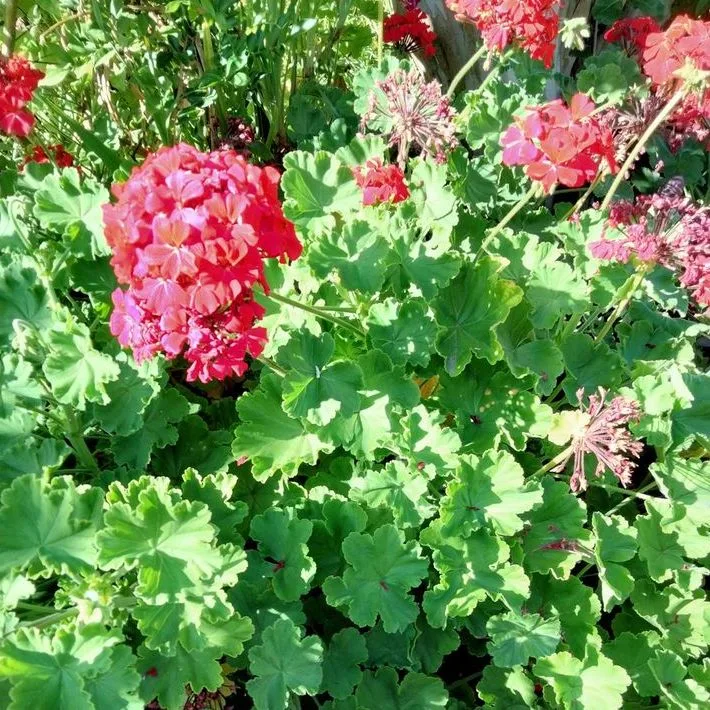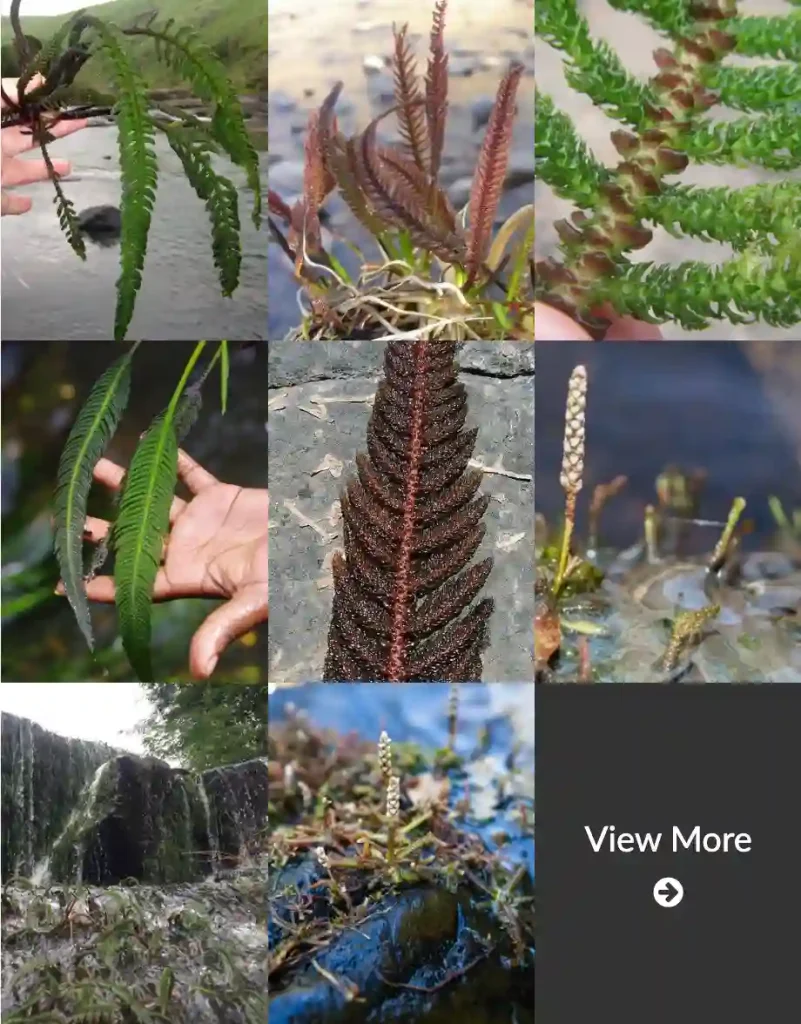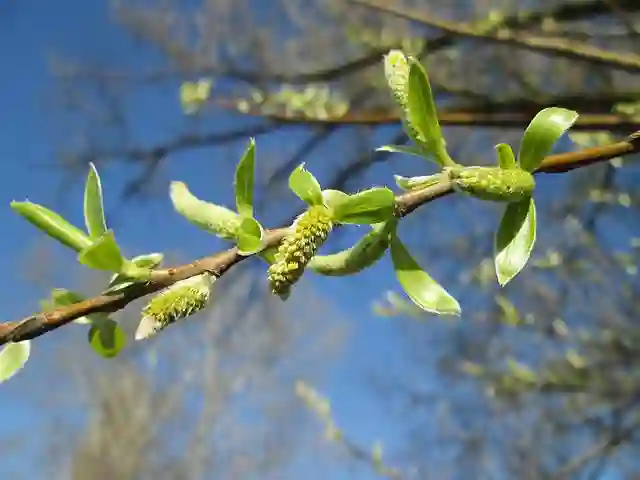
Anaphalis Margaritacea: Frequently Asked Questions
Anaphalis Margaritacea, commonly known as Pearly Everlasting, is a fascinating plant that often piques curiosity among gardeners and plant enthusiasts. Having cultivated this plant myself, I’m excited to share my insights and experiences with Anaphalis Margaritacea, addressing some of the most frequently asked questions.
What Is Anaphalis Margaritacea?
Anaphalis Margaritacea is a perennial herb belong to the Asteraceae family, native to North America. It’s known for its clusters of white, papery flowers that resemble pearls, hence the common name “Pearly Everlasting.” These flowers are not just visually striking but also offer a unique texture to gardens and floral arrangements. The plant typically grows to about 1-3 feet in height and spreads up to 2 feet wide, making it a versatile choice for various garden settings.
Plant Family: 1720 Genera in Asteraceae
How to Care for Anaphalis Margaritacea?
Caring for Anaphalis Margaritacea is relatively straightforward. Here’s what I’ve learned from my experience:
- Sunlight: It thrives in full sun but can tolerate partial shade. In my garden, it performs best when given at least 6 hours of direct sunlight each day.
- Soil: It prefers well-draining soil. I’ve found that sandy or loamy soils work best. Avoid overly moist or clay-heavy soils to prevent root rot.
- Watering: Once established, it is quite drought-tolerant. I water it sparingly, allowing the soil to dry out between waterings.
- Temperature: It’s hardy in USDA zones 3 to 8. It can withstand cold winters but may need some protection in extremely harsh climates.
- Pruning: Deadheading spent flowers can encourage prolonged blooming. In late fall or early spring, cut back the plant to promote new growth.
How to Propagate Anaphalis Margaritacea?
Propagating Anaphalis Margaritacea can be done through seeds or division:
- Seeds: Start seeds indoors 6-8 weeks before the last frost. Sow them in seed-starting mix and keep them lightly moist. Once the seedlings are strong enough and after the risk of frost has passed, transplant them outdoors.
- Division: In early spring or fall, you can divide established clumps. Carefully separate the root ball into sections, ensuring each has some roots and shoots. Replant these divisions in well-prepared soil.
What to Plant With Anaphalis Margaritacea?
In my garden, I’ve paired Anaphalis Margaritacea with various plants to create visually appealing and complementary combinations:
- Echinacea (Coneflower): Their contrasting colors and similar growing conditions make a beautiful combination.
- Rudbeckia (Black-eyed Susan): Both thrive in full sun and create a vibrant display.
- Lavender: The purple hues and fragrant blooms of lavender contrast nicely with the pearly white of Anaphalis Margaritacea.
- Grasses: Ornamental grasses like Feather Reed Grass or Blue Fescue add texture and movement to the garden, enhancing the visual appeal of Pearly Everlasting.
Is Anaphalis Margaritacea Toxic?
Anaphalis Margaritacea is not considered toxic to humans or pets. It’s safe to grow in gardens where children and animals play. However, while it is non-toxic, it’s always a good idea to prevent ingestion of large quantities of any non-edible plant material.
Benefits of Anaphalis Margaritacea
From my experience, Anaphalis Margaritacea offers several benefits:
- Aesthetic Appeal: Its unique, pearly flowers add an interesting texture to garden beds and bouquets.
- Drought Tolerance: It’s a low-maintenance plant that thrives in dry conditions.
- Wildlife Friendly: It attracts pollinators like bees and butterflies, making it a valuable addition to a pollinator garden.
Common Problems
While Anaphalis Margaritacea is generally low-maintenance, there are a few issues you might encounter:
- Powdery Mildew: This fungal disease can affect the plant if it’s grown in overly humid conditions. Ensure good air circulation and avoid overhead watering to minimize the risk.
- Pests: While not commonly troubled by pests, watch for aphids or spider mites. Regular inspection and neem oil can help manage any infestations.
Compare with Similar Plants
Anaphalis Margaritacea can sometimes be confused with other plants due to its appearance. Here’s how it compares with a couple of similar species:
- Helichrysum (Strawflower): Both have papery flowers, but Helichrysum generally has more vibrant colors, and its growth habit is more spreading compared to the upright structure of Anaphalis Margaritacea.
- Achillea (Yarrow): Yarrow has flat-topped flower clusters and is often more colorful. While both can be used for similar purposes, Yarrow tends to have a more diverse range of colors.
Conclusion
Anaphalis Margaritacea, or Pearly Everlasting, is a versatile and charming addition to any garden. Its easy care, aesthetic appeal, and wildlife benefits make it a favorite of mine. By following the tips and insights I’ve shared, you can enjoy a thriving display of this unique perennial in your own garden.
If i die, water my plants!



